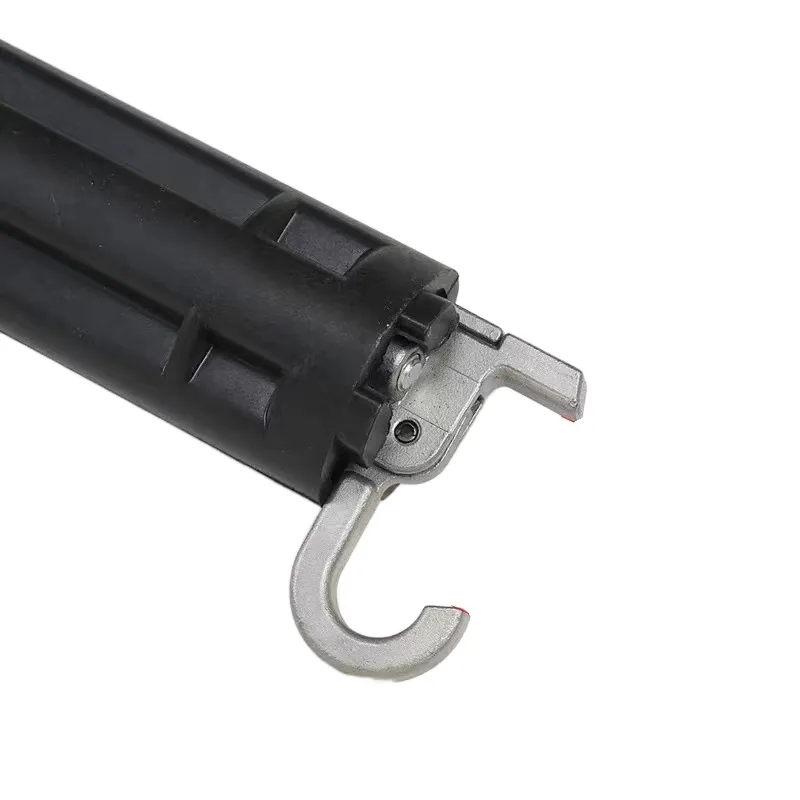
-
 Afrikaans
Afrikaans -
 Albanian
Albanian -
 Amharic
Amharic -
 Arabic
Arabic -
 Armenian
Armenian -
 Azerbaijani
Azerbaijani -
 Basque
Basque -
 Belarusian
Belarusian -
 Bengali
Bengali -
 Bosnian
Bosnian -
 Bulgarian
Bulgarian -
 Catalan
Catalan -
 Cebuano
Cebuano -
 Corsican
Corsican -
 Croatian
Croatian -
 Czech
Czech -
 Danish
Danish -
 Dutch
Dutch -
 English
English -
 Esperanto
Esperanto -
 Estonian
Estonian -
 Finnish
Finnish -
 French
French -
 Frisian
Frisian -
 Galician
Galician -
 Georgian
Georgian -
 German
German -
 Greek
Greek -
 Gujarati
Gujarati -
 Haitian Creole
Haitian Creole -
 hausa
hausa -
 hawaiian
hawaiian -
 Hebrew
Hebrew -
 Hindi
Hindi -
 Miao
Miao -
 Hungarian
Hungarian -
 Icelandic
Icelandic -
 igbo
igbo -
 Indonesian
Indonesian -
 irish
irish -
 Italian
Italian -
 Japanese
Japanese -
 Javanese
Javanese -
 Kannada
Kannada -
 kazakh
kazakh -
 Khmer
Khmer -
 Rwandese
Rwandese -
 Korean
Korean -
 Kurdish
Kurdish -
 Kyrgyz
Kyrgyz -
 Lao
Lao -
 Latin
Latin -
 Latvian
Latvian -
 Lithuanian
Lithuanian -
 Luxembourgish
Luxembourgish -
 Macedonian
Macedonian -
 Malgashi
Malgashi -
 Malay
Malay -
 Malayalam
Malayalam -
 Maltese
Maltese -
 Maori
Maori -
 Marathi
Marathi -
 Mongolian
Mongolian -
 Myanmar
Myanmar -
 Nepali
Nepali -
 Norwegian
Norwegian -
 Norwegian
Norwegian -
 Occitan
Occitan -
 Pashto
Pashto -
 Persian
Persian -
 Polish
Polish -
 Portuguese
Portuguese -
 Punjabi
Punjabi -
 Romanian
Romanian -
 Russian
Russian -
 Samoan
Samoan -
 Scottish Gaelic
Scottish Gaelic -
 Serbian
Serbian -
 Sesotho
Sesotho -
 Shona
Shona -
 Sindhi
Sindhi -
 Sinhala
Sinhala -
 Slovak
Slovak -
 Slovenian
Slovenian -
 Somali
Somali -
 Spanish
Spanish -
 Sundanese
Sundanese -
 Swahili
Swahili -
 Swedish
Swedish -
 Tagalog
Tagalog -
 Tajik
Tajik -
 Tamil
Tamil -
 Tatar
Tatar -
 Telugu
Telugu -
 Thai
Thai -
 Turkish
Turkish -
 Turkmen
Turkmen -
 Ukrainian
Ukrainian -
 Urdu
Urdu -
 Uighur
Uighur -
 Uzbek
Uzbek -
 Vietnamese
Vietnamese -
 Welsh
Welsh -
 Bantu
Bantu -
 Yiddish
Yiddish -
 Yoruba
Yoruba -
 Zulu
Zulu


Aug . 12, 2024 20:16 Back to list
Exploring the Benefits and Applications of HV Hot Stick Technology in Electrical Maintenance
The Importance of HV Hot Sticks in Electrical Maintenance and Safety
High voltage (HV) hot sticks, often referred to simply as hot sticks, are essential tools in the electrical utility industry. These insulated poles are designed for working on energized high-voltage lines and equipment, allowing electrical workers to maintain and repair systems safely without the need for de-energizing the circuits. As the demand for reliable and uninterrupted electrical services grows, the importance of hot sticks in ensuring safety and efficiency cannot be overstated.
What is a HV Hot Stick?
HV hot sticks are typically made from non-conductive materials such as fiberglass or composite polymers. Their primary function is to provide a barrier between the worker and the high voltage, which can be lethal. These tools often come with various attachments, allowing workers to perform different tasks, including operating switches, making connections, or removing fuses from a safe distance.
The design of a hot stick includes a long pole with a handle on one end and an insulated end on the other, where the attachments can be fitted. The length of the stick can vary, but it is typically designed to extend the reach of an operator while keeping them at a safe distance from the electrical hazards.
Safety First
Safety is paramount when working with high voltage systems, and using hot sticks significantly mitigates the risks involved. High voltage can cause severe injuries or even fatalities, which is why electrical companies invest heavily in training their staff to use these tools correctly. Workers undergo rigorous training programs to understand the operating principles, maintenance, and inspection of hot sticks to ensure they remain in good working condition.
hv hot stick

In addition to training, personal protective equipment (PPE) is also mandatory for workers handling hot sticks. This might include insulated gloves, dielectric footwear, and specially designed arc-rated clothing to provide an additional layer of protection against electrical hazards.
The Role of HV Hot Sticks in Modern Electrical Systems
With the increasing complexity of underground and overhead electrical systems, the role of hot sticks in regular maintenance cannot be overlooked. Utility companies are often tasked with repairing faults in live systems, especially during extreme weather events when power is critical. Hot sticks enable technicians to access and repair components without interrupting service, which is vital for customer satisfaction and operational efficiency.
Moreover, advancements in technology have further enhanced the utility of hot sticks. Newer models are equipped with features such as integrated cameras or sensors that allow for remote inspections. Such innovations contribute to improving safety and efficiency, enabling workers to assess the condition of electrical equipment without having to get dangerously close.
Conclusion
In conclusion, HV hot sticks are indispensable tools in the electrical maintenance arsenal. They enhance the safety of electrical workers and allow for critical repairs on energized lines, thereby ensuring that the grid operates smoothly. As electrical infrastructure continues to evolve, the importance of using safe practices with the aid of tools like hot sticks will become even more pronounced. With proper training, adherence to safety protocols, and a commitment to ongoing improvement, the electrical industry can continue to harness the power of high voltage systems while prioritizing the safety of those who work with them. The investment in hot sticks ultimately pays off in safeguarding lives and maintaining the reliability of our vital electrical services.
Latest news
What Are Construction Tools and How Are They Used?
NewsJul.11,2025
Professional-Grade Duct Rodding Tools for Superior Cable Installation
NewsJul.11,2025
Enhancing Safety and Efficiency with Modern Hot Stick Solutions
NewsJul.11,2025
Empowering Cable Installation with Advanced Rodder Solutions
NewsJul.11,2025
Elevate Your Cable Installation Projects with Cable Pulling Tools
NewsJul.11,2025
Efficient Cable Handling Solutions: Cable Rollers for Sale
NewsJul.11,2025











